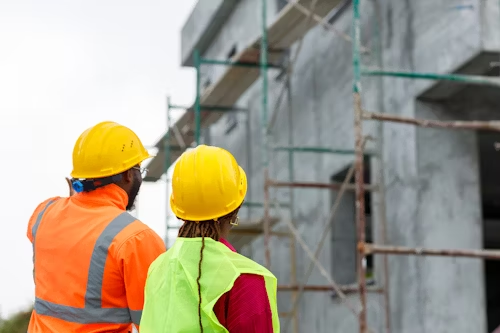
A revamped Idaho loan fund aimed at improving school facilities has begun to deliver long-awaited aid. On Monday, a state-appointed panel approved $30 million in loans from the Public School Facilities Cooperative Fund, marking the fund’s first major disbursement in nearly two decades.
The fund, recently expanded and restructured through House Bill 338, will support facility upgrades and new school construction in five districts: Boundary County, Salmon, Filer, Payette, and Camas. The initiative is designed to address long-standing safety and infrastructure issues across Idaho’s public schools, especially in rural areas.

However, not all recipients will get the money right away. Due to a provision in HB 338, Filer and Camas must first go back to voters in November to ask for bonds before qualifying for the state loan. They’ll only receive the funds if those bond measures fail—something Rep. Rod Furniss, R-Rigby, called counterproductive.
“The message to the community is ‘We’re going to put out a bond, we want you to fail it (because) the state’s going to pay for it, anyway,’” Furniss said. “It makes no sense.”
Furniss co-sponsored the bill alongside Rep. Soñia Galaviz, D-Boise, but noted that this controversial bond requirement came from House Speaker Mike Moyle, R-Star. Furniss has already signaled plans to push for its repeal in the next legislative session.
Created in 2006, the cooperative fund was designed to assist districts unable to secure local funding for essential upgrades. But for years, the program remained largely untouched, in part because applying districts were required to submit to state supervision for the duration of any funded construction project—a major deterrent.
Under the new law, that supervision is now only required for projects exceeding $5 million. Lawmakers also boosted the fund from $25.5 million to $50.5 million, improving its reach.
“I just want to make sure that we’ve got the right money going in the right directions,” said state Superintendent Debbie Critchfield, who sits on the panel that reviewed applications Monday at the Department of Education’s office in Boise.
The panel—made up of lawmakers, architects, contractors, and state officials—unanimously approved all five initial applications, though one required additional scrutiny.
Here’s how the $30 million will be distributed:
“It sounds like a safety issue to me,” Furniss later said after the district’s contractor, Michael Arrington, explained the facility had received safety violations due to cluttered space.

Districts must meet at least one of the following criteria to be eligible for the fund:
Boundary County, Camas, and Filer recently had failed bond measures. Salmon and Payette qualified under the third provision.
However, under HB 338’s added stipulation, districts that failed to pass a bond and are requesting less from the state than they originally sought from voters must hold another bond election. If voters again reject the bond, only then will the cooperative loan be awarded. This rule affects Filer and Camas, which previously asked voters for $52 million and $9 million, respectively.
Districts must repay these loans over 20 years unless they have existing bonds in place, as is the case with Salmon.
As of now, about $20 million remains in the fund for future rounds. Critchfield and her team at the Department of Education are already discussing the timeline for a second application window.
“We want to ensure districts know this is an option and get the help they need,” said Critchfield.
For more information about the application process or upcoming funding rounds, schools can consult the Department of Education's cooperative fund guidelines here.
Originally reported by Ryan Suppe in Idaho Ed News.